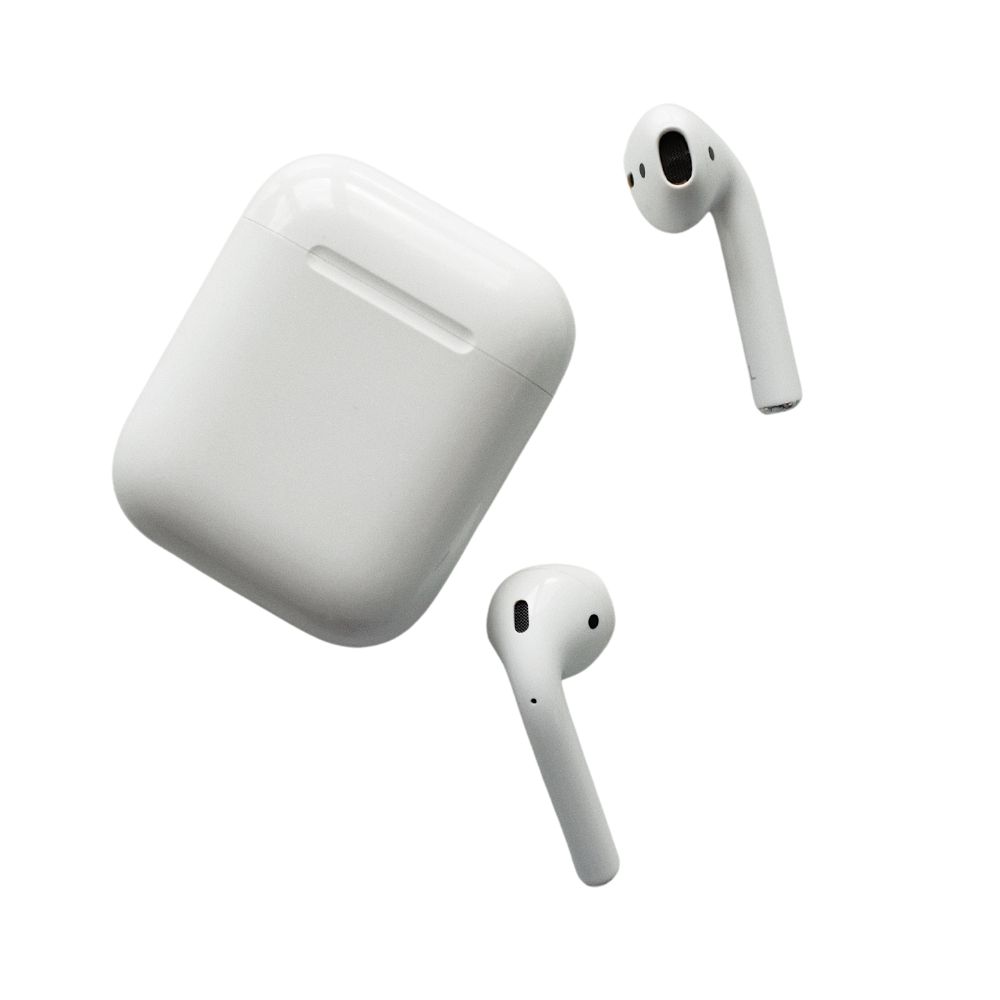Unless you are in the plastics industry, you might not know what injection molding is. However, you use products that are made through the injection molding process each and every day. Injection molding a manufacturing process widely used for producing large quantities of plastic parts. This process is highly efficient and offers great precision, repeatability, and flexibility. Hence, it is an excellent choice for producing parts in large quantities because it is cost-effective and can produce high-quality parts with tight tolerances. In this article, we will explain the injection molding process using plastic resins and give you a glimpse of just a few of the injection-molded products you may use every day.
Overview of the Injection Molding Process
Injection molding is a process that involves injecting molten plastic resin into a mold cavity. The molten plastic then cools and solidifies, taking on the shape of the mold cavity. The mold is then opened, and the part is ejected. Efficiently, the process is highly automated, and it can be used to produce a wide range of plastic parts, from small components to large, complex assemblies.
The injection molding process can be divided into several stages:
- Mold Preparation: First, prepare the mold. The mold is made of two halves, the cavity side and the core side. The cavity side is the side of the mold that forms the exterior surface of the part, while the core side forms the interior surface. The mold is typically made of steel or aluminum and is designed to withstand the high pressures and temperatures of the injection molding process. The mold is then polished and coated with a release agent to help the part release from the mold after it has cooled.
- Plastic Resin Preparation: Next, prepare the plastic resin. The plastic resin is typically supplied in pellet form and is stored in a hopper. The hopper feeds the resin into the injection molding machine. The resin is melted in the machine and then injected into the mold cavity under high pressure.
- Injection: Then, once the mold is prepared and the plastic resin is melted, the injection molding process can begin. The injection molding machine consists of a hopper, a heating element, a screw, and a plunger. The plastic resin is fed into the hopper and then melted by the heating element. The screw then pushes the molten plastic through a nozzle and into the mold cavity.
- Cooling and Solidification: Following the injection into the mold cavity, it begins to cool and solidify. The cooling time can be adjusted based on the type of resin being used, the thickness of the part, and the size of the mold. Cooling can be accelerated by using cooling channels in the mold. Once the part has solidified, the mold is opened, and the part is ejected.
- Post-Molding Operations: Lastly, after the part is ejected, it may require additional operations, such as trimming or finishing. Trimming removes any excess material or flash that may have formed during the molding process. Finishing can include processes such as painting, plating, or texturing to achieve the desired surface finish.
Plastic Resins Used in Injection Molding
There are several types of plastic resins used in injection molding, and each has its unique properties that make it suitable for specific applications. Here are some of the most common types of plastic resins used in injection molding:
- Polyethylene (PE) – PE is a versatile plastic that is used in a wide range of applications. It is a lightweight, flexible, and durable material that is resistant to moisture, chemicals, and UV rays. It is commonly used in the production of plastic bags, containers, and toys.
- Polypropylene (PP) – PP is another popular plastic resin used in injection molding. It is a thermoplastic material that is tough, lightweight, and resistant to heat and chemicals. It is commonly used in the production of automotive parts, food containers, and packaging materials.
- Polystyrene (PS) – PS is a thermoplastic material that is lightweight, rigid, and easy to process. It is commonly used in the production of disposable plates, cups, and packaging materials.
- Acrylonitrile butadiene styrene (ABS) – ABS is a thermoplastic material that is known for its toughness, durability, and impact resistance. It is commonly used in the production of automotive parts, toys, and electronics.
- Polyethylene terephthalate (PET) – PET is a thermoplastic material that is commonly used in the production of beverage bottles, food containers, and packaging materials. It is lightweight, strong, and has excellent clarity.
- Polycarbonate (PC) – PC is a thermoplastic material that is known for its high impact resistance and optical clarity. It is commonly used in the production of eyewear, medical devices, and automotive parts.
As you can see, these are just some of the common types of plastic resins used in injection molding. The selection of the appropriate resin for a specific application depends on factors such as the required strength, flexibility, temperature resistance, and chemical resistance. Check out our list of plastic product catalog to see the varieties we carry.
Common Products Made from Injection Molding
In summing up, you will probably be surprised at how many items you come in contact with each day that were created through the injection molding process. The list of products fall into some big categories like sporting goods, automotive parts, toys, and even plastic bottles. Just for fun, we included a few images of things you might use on a regular basis. Looks like we all need an appreciation for the folks who manufacture all these goods through injection molding. Thanks!













